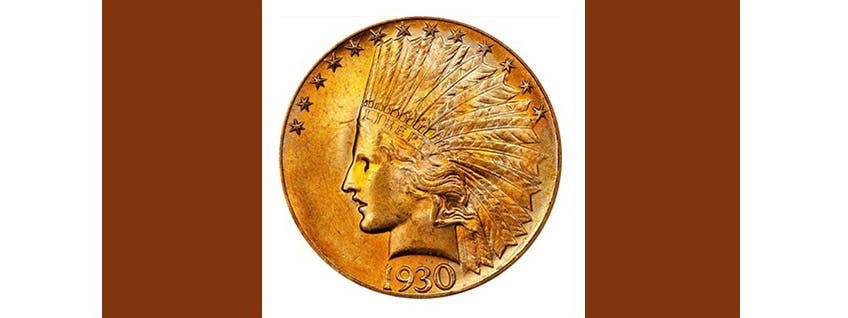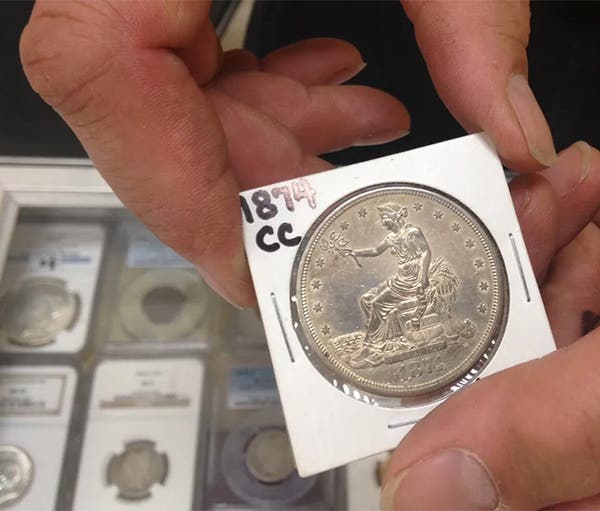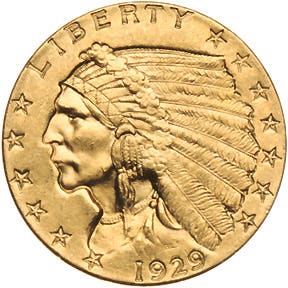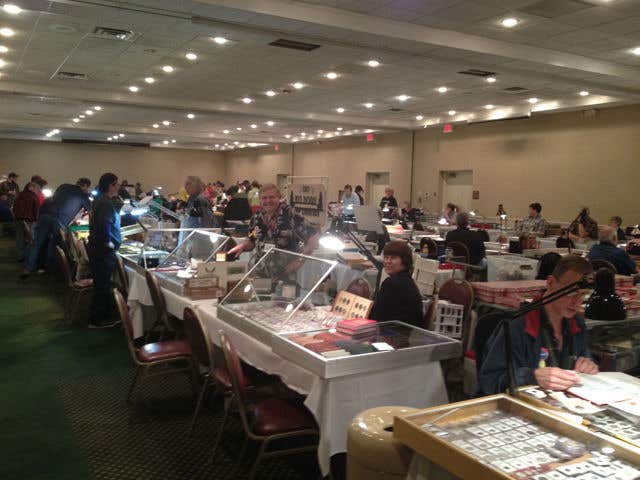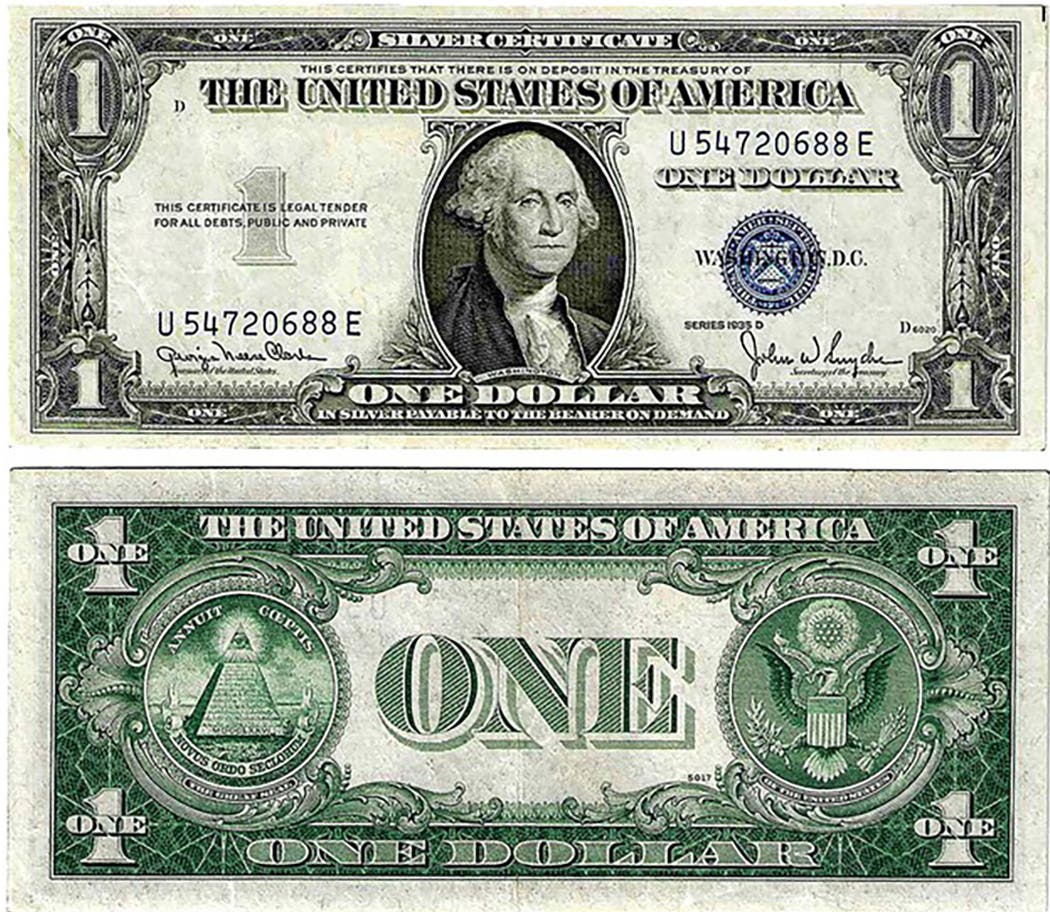Shield Nickels: Big Bargains in a Small Series?
We’ve had a look at some of the smaller denominations of United States coinage in these Bargain Collector columns but thus far have not looked at the Shield nickels. These…
We’ve had a look at some of the smaller denominations of United States coinage in these Bargain Collector columns but thus far have not looked at the Shield nickels. These first nickel 5-cent pieces came out of the gate in 1866 and kept doing so until 1883, when they were replaced by the Liberty Head design. There are plenty of years within this stretch of time where the mintages are very high, and some that are extremely low. But let’s determine if there might be a few bargains amidst all these peaks and valleys.
First, as we often do, we should look and see if there are any rare dates within our string of nickels. The 1877 and 1878 certainly qualify, since only proofs were made for those two years. The following three years did see some regular production but always in small amounts. So basically, the years 1877 all the way to 1881 are going to be tough to find. Even in well-circulated grades, these will be costly.
The Common Dates
In plenty of past columns, we have tried to stick to something like a $100-per-coin maximum, simply because we are trying to stay with prices that are not going to steam-roll our wallets. If we want to do this for the Shield nickels, we will have to stay in the Extra Fine (EF-40) and the Almost Uncirculated (AU-50) grade zone and do so with the most common dates. This seems to be a jumping-off point, meaning the lower Mint State versions of the same, common-date pieces cost a good deal more. For example, the 1867 – the variety without rays between the stars – is the most common in the entire series. From a worn, circulated piece up to MS-60, the prices rise pretty steadily, to about $150. But a move up to something like MS-63 cranks the price up to $225. That’s a lot of extra to pay out for a relatively small increase in grade. So it seems like those of us looking for a bargain might wish to fly low, below Mint State.
Two Uncommon Dates
With this rather tough start, let’s look at a couple of the rare years, and see if we might find a pleasant surprise. First we can check the 1871, with only 561,000 as its official mintage total. A Mint State version of this key date will run a little more than $500. By any measure, that’s a lot for one nickel. But compare this to the “Closed 3” variety of the 1873, which has a smaller mintage – 436,050 all tallied. This less common piece costs only $400 at the low end of Mint State. That is still not a cheap 5-cent piece, but it is certainly a move in the right direction.
The Proofs
Interestingly, every single year of the Shield nickel series saw some proofs minted. The numbers are always far, far lower than proof mintages today, but at the high end of the range, there were 5,419 produced in 1883. Second place goes to the 1880s, with 3,955 to their tally. The bronze-medal spot, as it were, goes to the 1881s with only a few less produced. The 1879 and 1882 proof numbers aren’t too much lower. And what is absolutely amazing is that in a grade like PF-63 the least expensive of these, the 1881s, cost only about $300.
Let’s think about the tag we just hung on the proof versions of those “common” proof dates. We already mentioned that for what is truly a common Shield nickel – one with a mintage of over 28 million pieces – moving from MS-60 to a grade such as MS-63 came with a price hike from $150 to $225. That gave us a bit of pause, since we are bargain hunters, after all. But here we have several dates clustered at the tail end of the series for which the total number of proof coins, the crème de la crème of their time, is only a few thousand pieces. And the price tags for these glittering gems can be as low as $300. Yes, this is a higher number than most of us might feel is comfortable for any bargain. But look at the rarity we get for the price! It’s tough to believe.
Now the absolute low end of things when it comes to proof Shield nickels are the approximately 25 proofs made in 1867 of the variety with rays between the stars on the reverse. These are the just plain obscene rarities of the series, each of which will probably cost as much as the down payment on a house. Beyond this, though, the low end of the proofs in this series would be the approximately 600 minted in years such as 1867 (the variety without the rays), or 1868, or even 1869. Several of the established price guides list these in grades such as PF-63 as well, and indicate that each one is priced from $300 to $350. To quote someone very famous, we’ll have to say: “Huh?”
The fact that the proof Shield nickels made in the greatest amount cost roughly the same as those made in the least amount, taking the super-rare 25 out of the equation, tells us something. It tells us that there are just not that many collectors who have really jumped into the deep end when it comes to this series. This in turn leaves some maneuvering room for those of us looking for bargains, and in this case for under-collected proofs.
Overall, Some Bargains
The Shield nickels are the first 5-cent pieces the United States ever produced that were made entirely of base metal. The design survived for a bit less than two decades. When it comes to collecting them today, we have seen that there is something of a jumping off point for many of them when moving from Almost Uncirculated to Mint State. We have also seen a rare “Closed 3” variety that appears to be undervalued. Plus, in a wonderful surprise, we have also found there are some proofs within this series that qualify as bargains.




